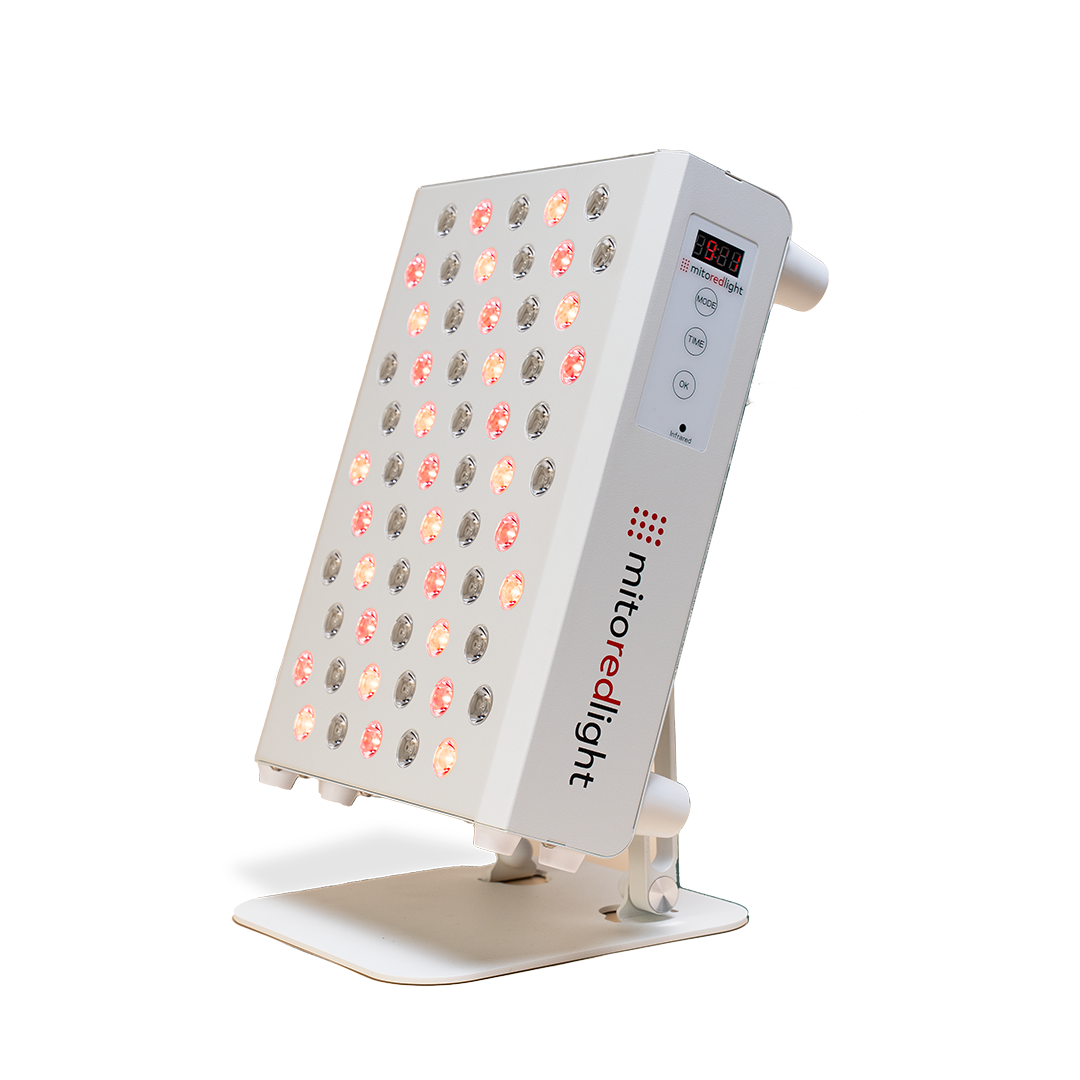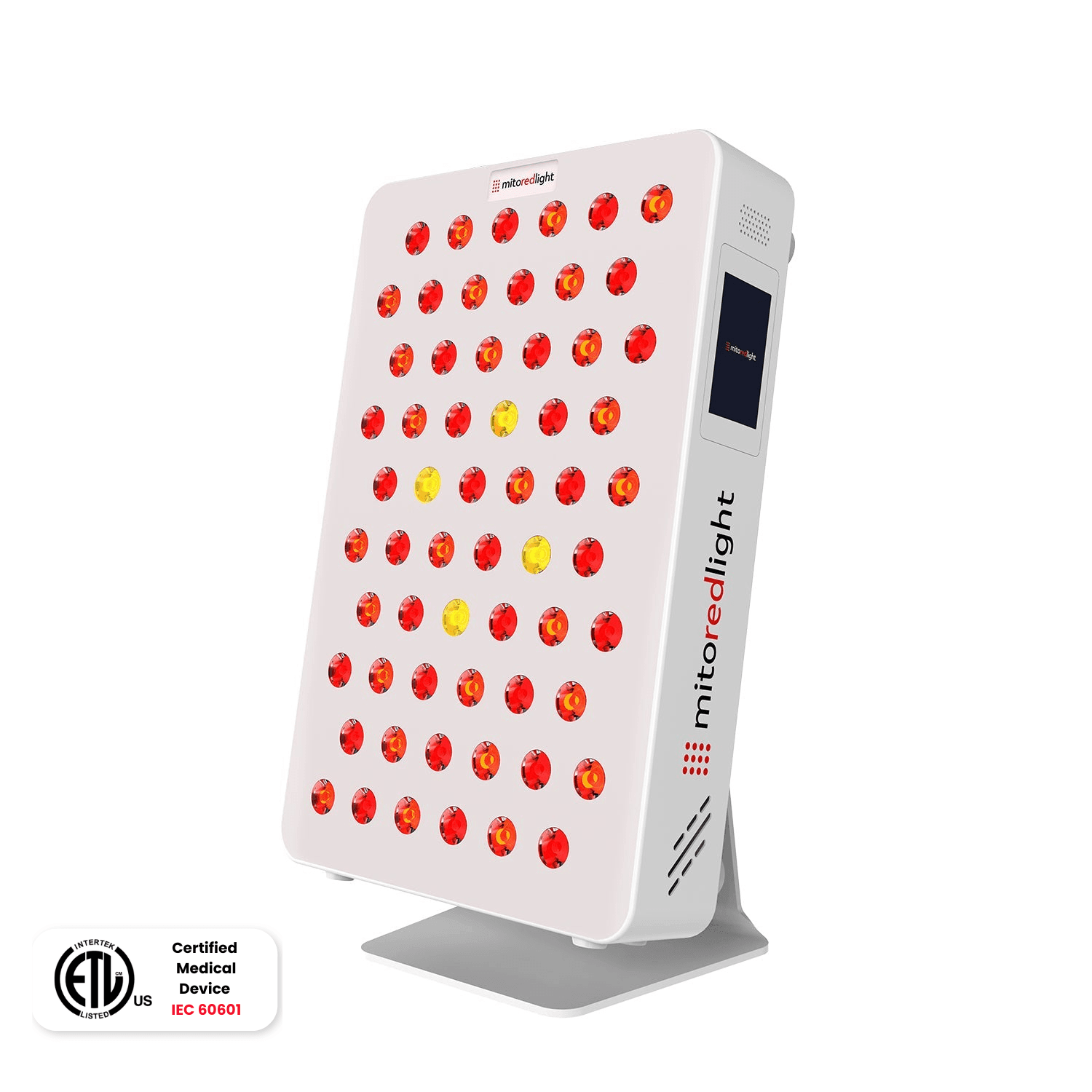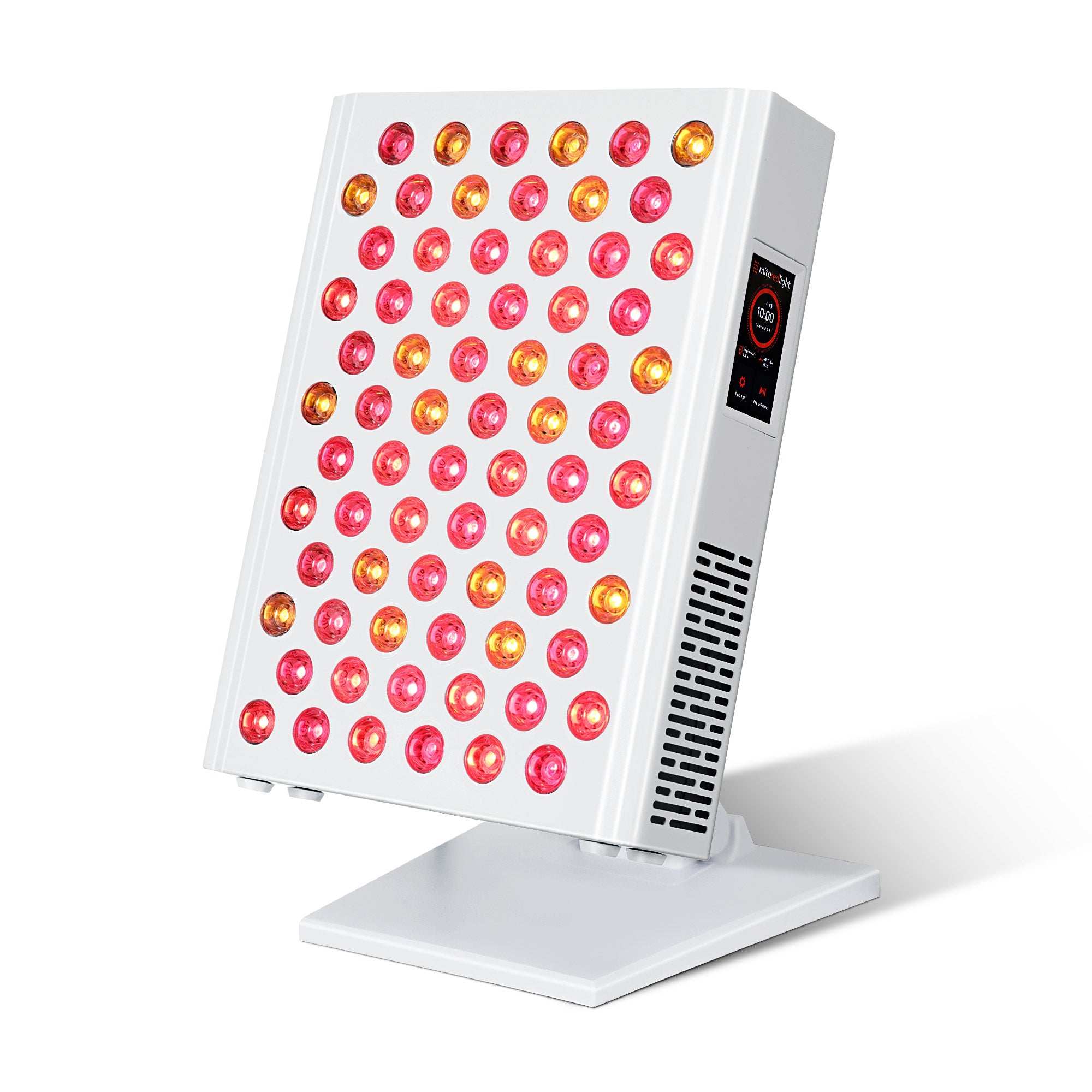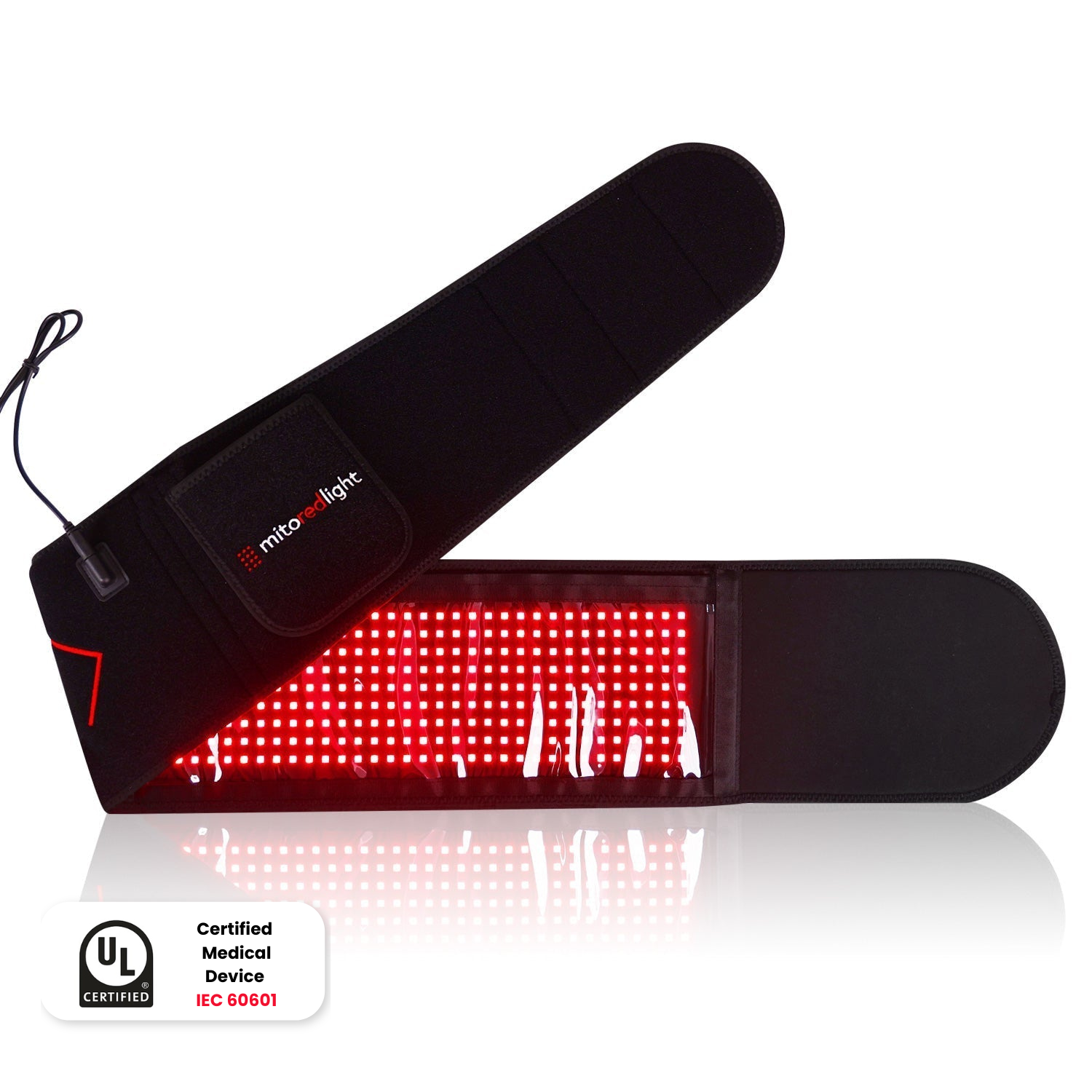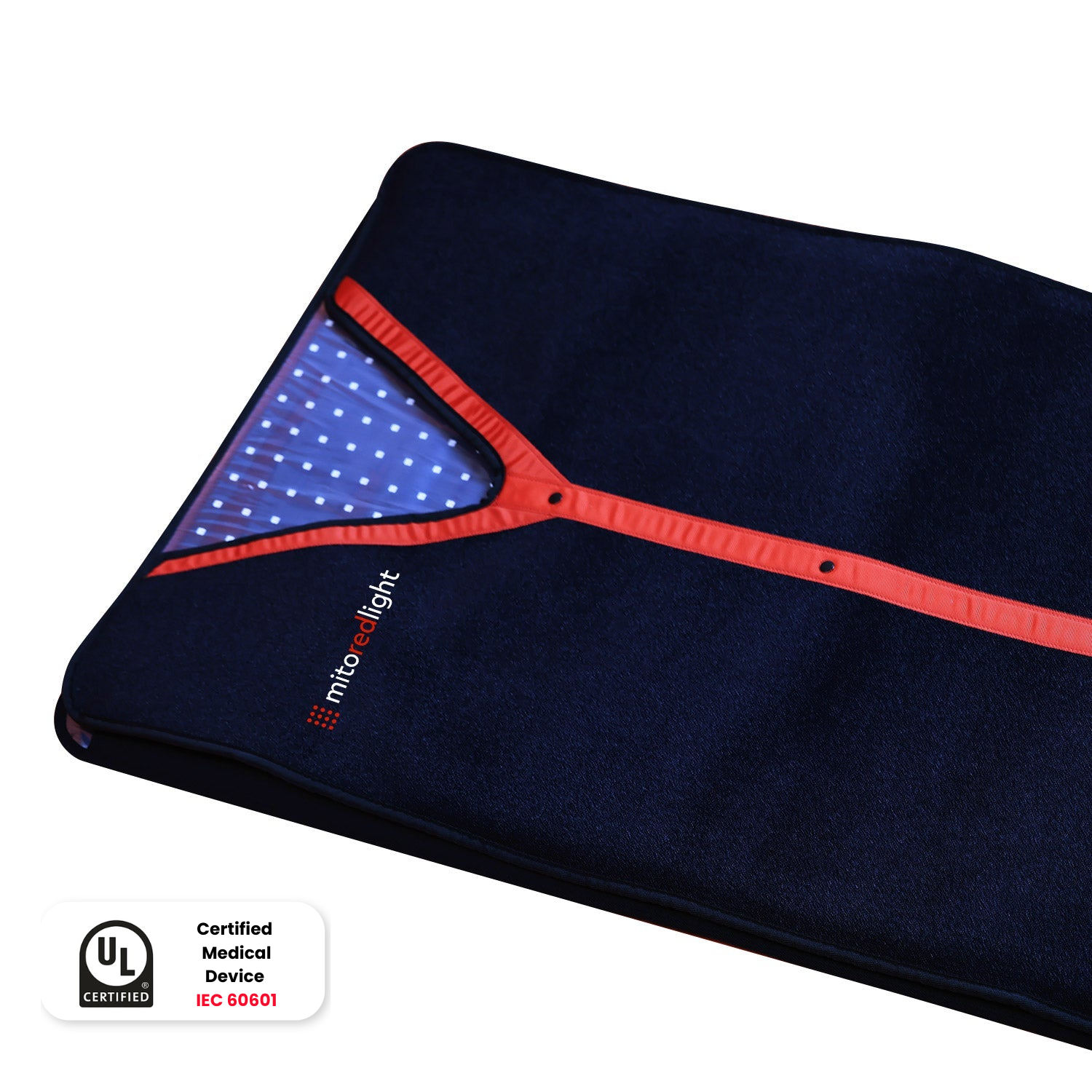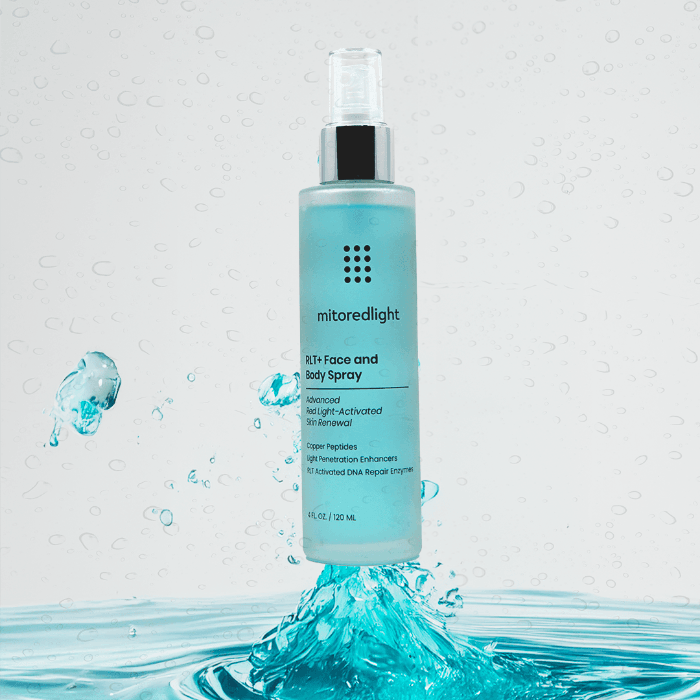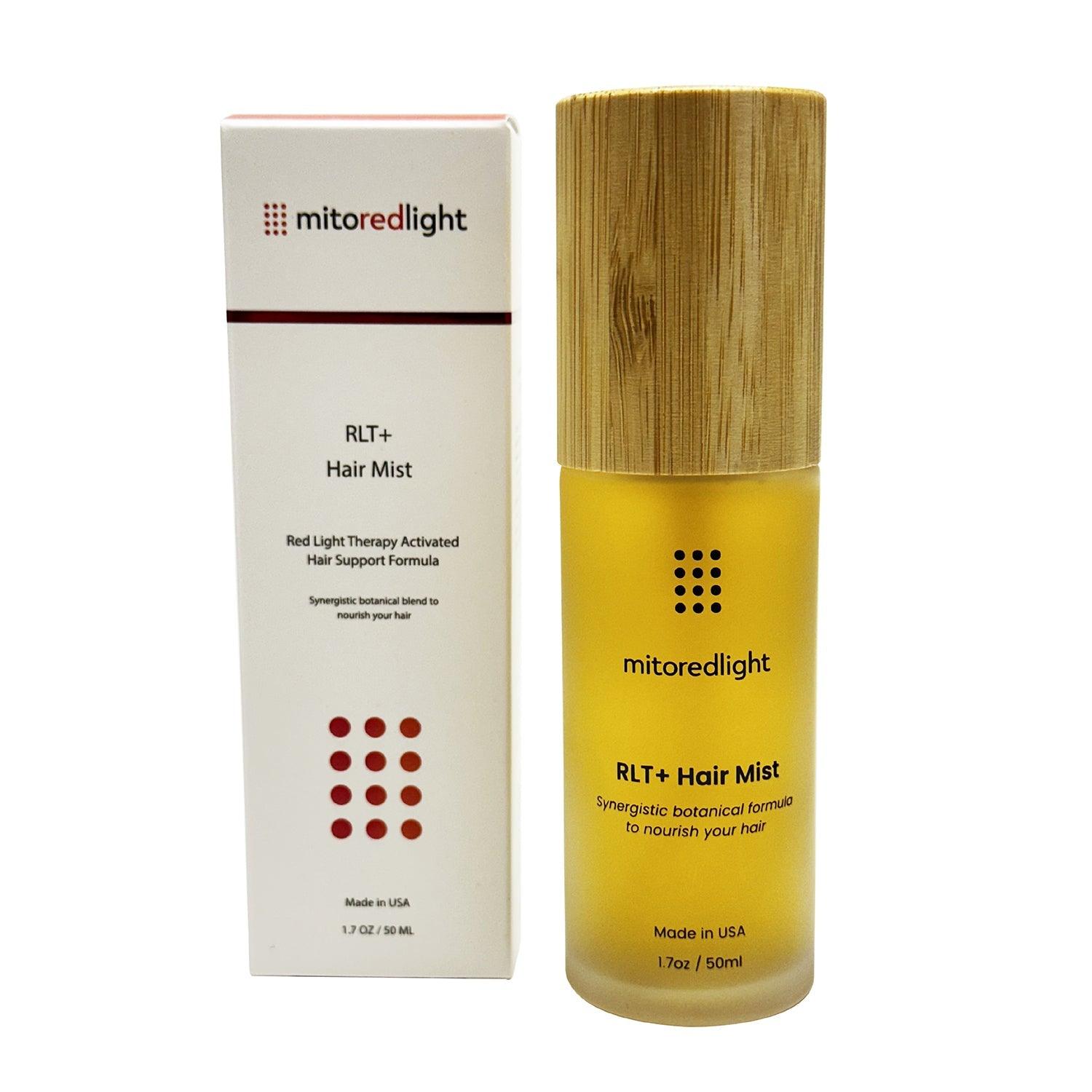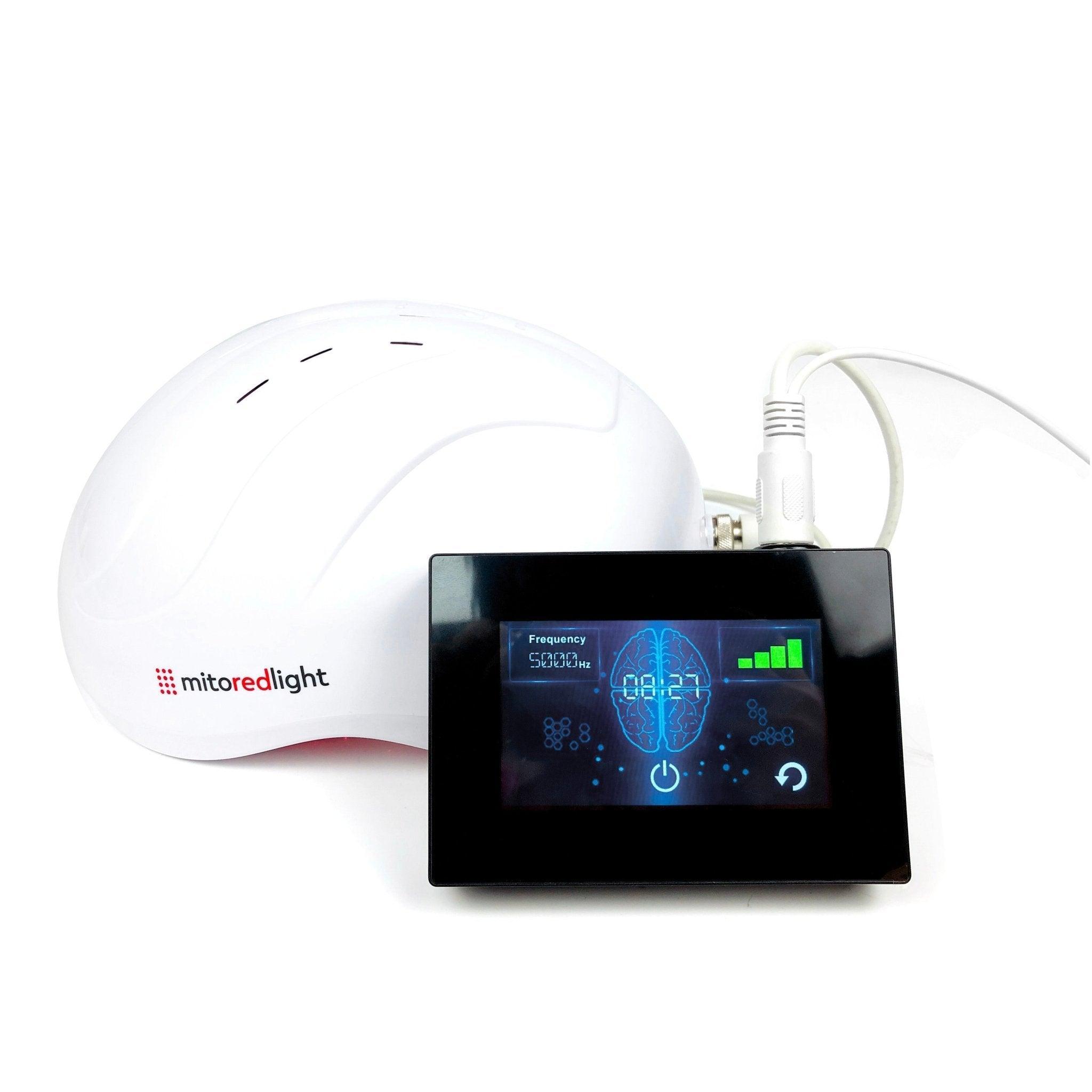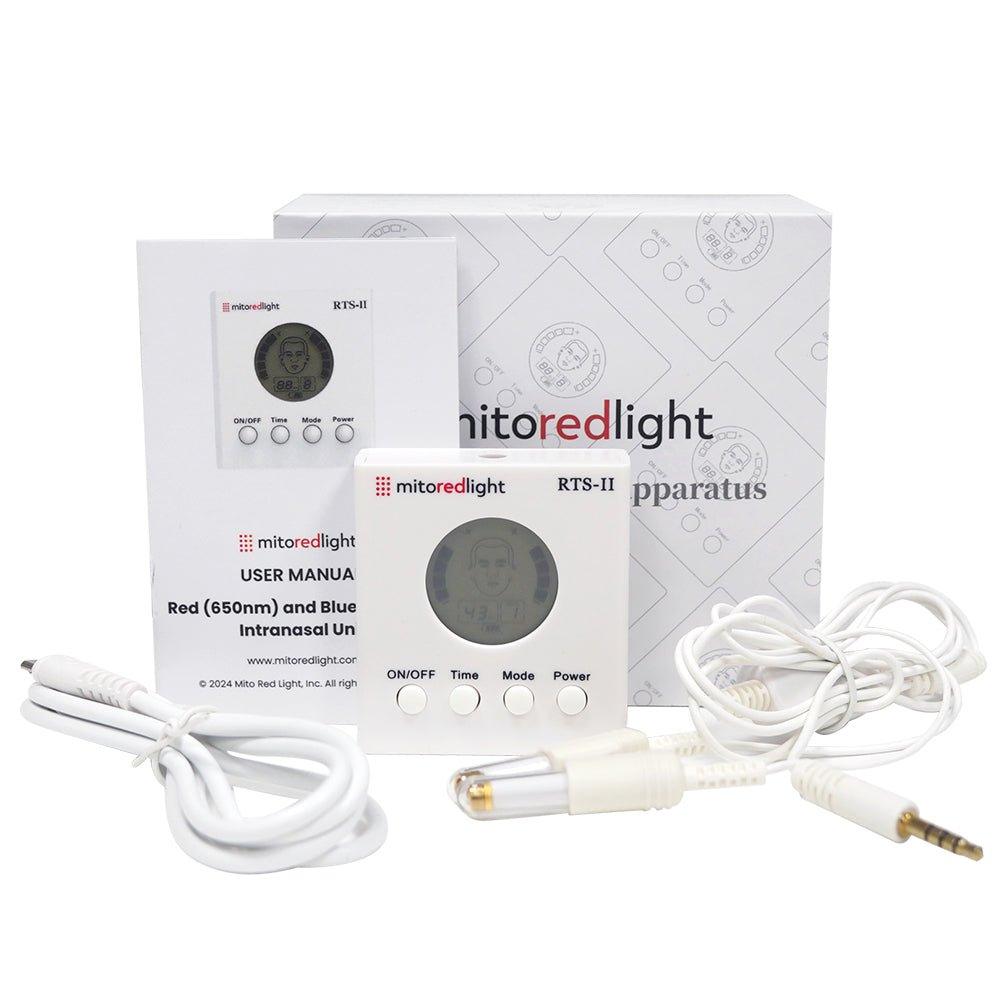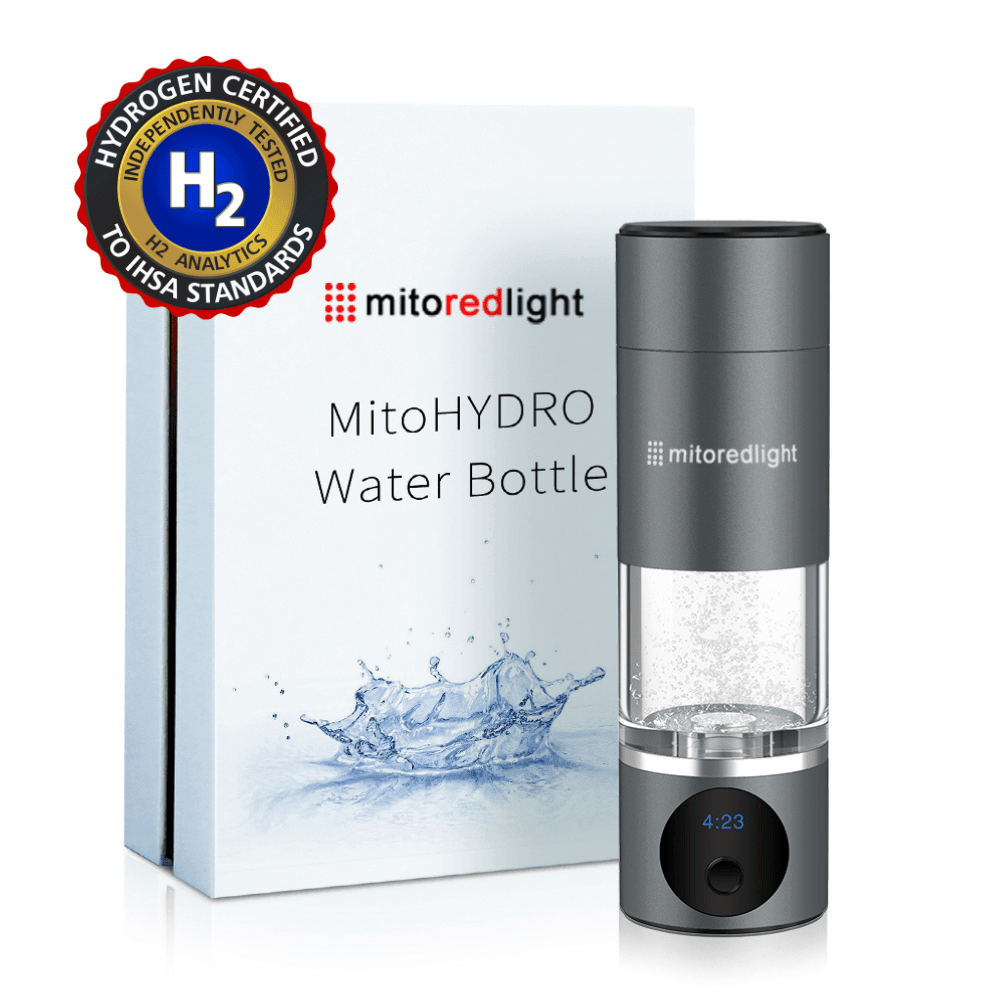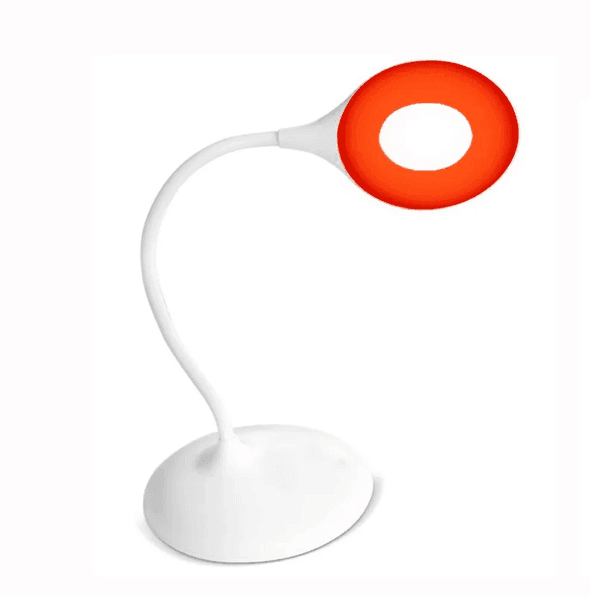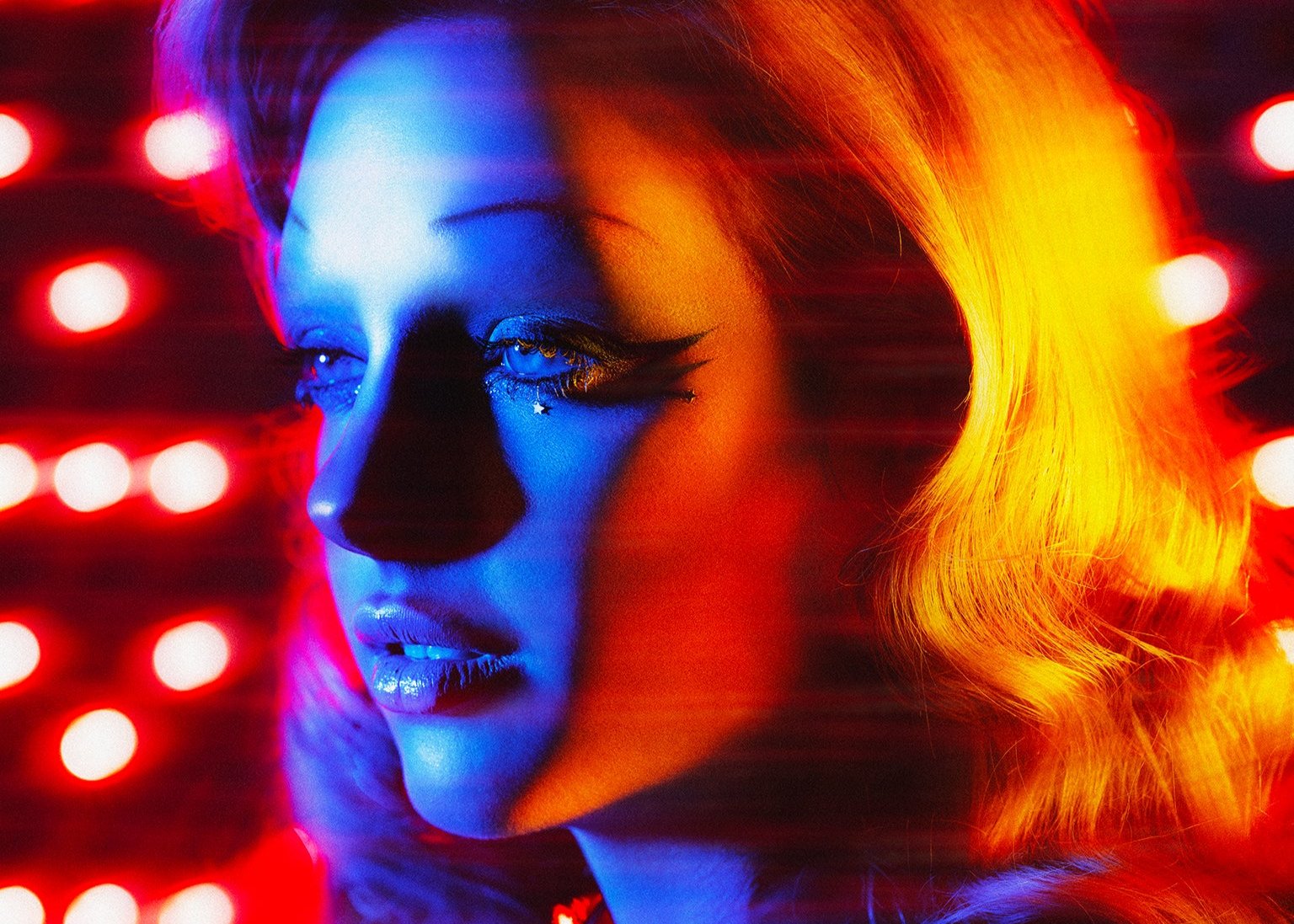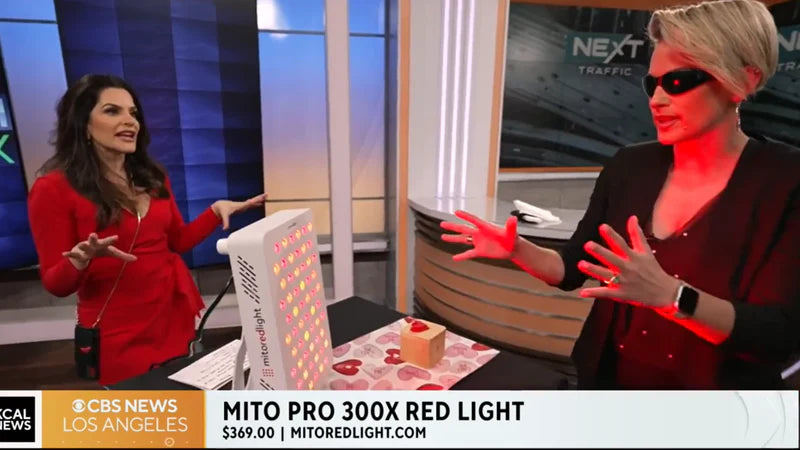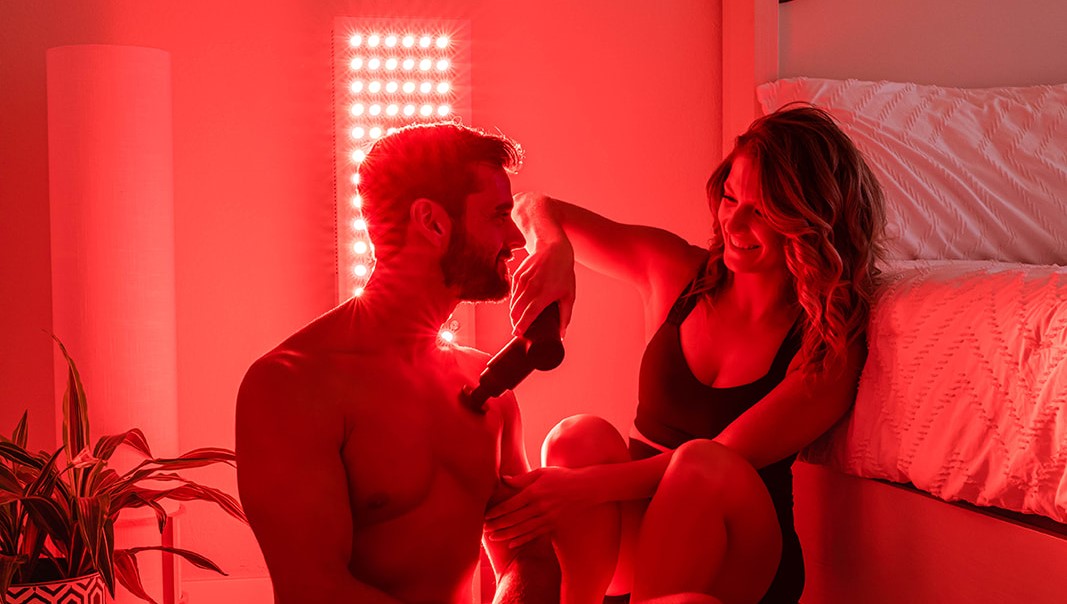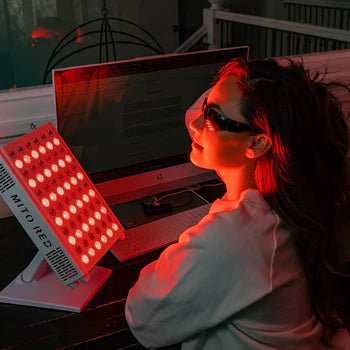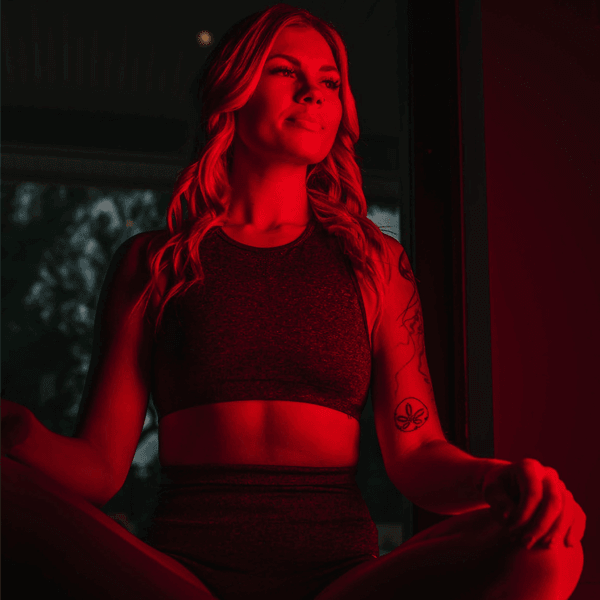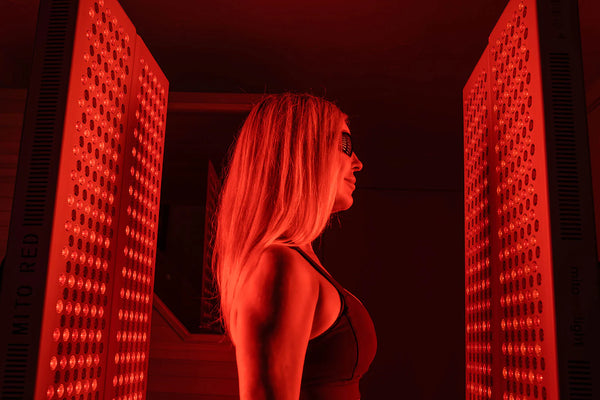DISCLAIMER: Mito Red Light devices are not clinically proven to diagnose, treat, cure, or prevent any medical conditions. Mito Red Light devices are low / risk general wellness devices aimed at affecting the body through supporting cellular function. The scientific studies referenced in this article are for educational and informational purposes only and are meant to educate the reader on the exciting and growing field of phototherapy. To see a list of precautionary warnings and contraindications, click here
Light therapy comes in various guises and is used for multiple treatments, covering everything from mood to skin conditions. It has a long history of use, from early civilizations like the Egyptians and Greeks, who worshipped the sun gods Ra and Apollo as healers, to modern-day devices like blue light therapy masks and lightboxes.
But what does the science say about blue light therapy? How does it work, what are the benefits, and how has it performed in clinical trials?
Scientific Foundations
Light affects the body in various ways. It’s central to the production of vitamin D, for instance, and it regulates circadian rhythms. It may also play a role in healing, a process known as photobiomodulation or low-level laser therapy.
It’s not a new practice. The positive effects of light have been known for millennia, and healthcare professionals have been using low-light therapy to treat various ailments for over 50 years, with suggestions that forms of light therapy could help with everything from increasing alertness to improving well-being.
In dermatology, light therapy is used to complement various skincare routines. Blue light therapy could be a “safe alternative” to conventional therapies used to treat mild to moderate acne, while red light therapy may be helpful in supporting smoother skin while yellow light therapy may help sun-damaged skin.
Unlike mood-boosting medications, antibiotics, and steroidal creams, light therapy is very safe and well-tolerated and there are few known side effects or long-term reactions when it is used as recommended. It’s also non-invasive, so it presents a more patient-friendly option that can be combined with conventional medicines to enhance the effects.
Types of Light Therapy
There are several different types of light therapy, including:
Full-Spectrum Light Therapy
Full-spectrum light therapy uses all of the colors in the electromagnetic spectrum, ranging from ultra violet to infrared. Many full-spectrum light products are designed to be UV-free and they are often targeted toward individuals with seasonal affective disorder, as well as general “winter blues”.
They could also be used to treat certain skin ailments, but their primary use is in regulating mood and circadian rhythms, helping those who suffer from season-related mood changes and sleep disturbances.
Research suggests that full-spectrum lightboxes may be especially effective at regulating sleep and mood in older individuals.
Blue Light Therapy
Blue light therapy is often recommended for conditions that appear on or just below the surface of the skin. It can be combined with photosensitizing medications—creams that increase the skin’s sensitivity to light and allow the blue light to penetrate deeper.
It can be administered in a professional setting, whereby dermatologists will use intense lights and preparations to maximize results. But consumers can also purchase blue light therapy devices for personal use, with studies on these devices noting that they were able to reduce “the number of acne lesions significantly”.
Blue light devices may also reduce sebum production and help with other skin conditions.
Red Light Therapy
Red light therapy, like blue light therapy, is available in both at-home devices and in clinical settings. In case of the latter, it’s often used as a wellness routine, in combination with medicated creams, chemical peels, and micro needling, depending on the patient’s needs.
It can be effective as a standalone routine, with research suggesting that it could help to support overall skin health. In a 4-week study, 90 patients sat through regular red light therapy sessions, and at the end of the research period, over 90% reported noticeable improvements, including less redness, smoother and softer skin, and lightening of dark spots.
Yellow Light Therapy
Yellow light therapy penetrates deeper than blue light but not as deep as red light. Most of the studies surrounding this option highlight that it may help improve the appearance of sun-damaged or aging skin. This includes a study on a group of Korean participants who were treated with yellow light therapy for just 5 minutes twice a week over the course of 4 weeks.
Results were then measured at 2, 4, and 8 weeks, and significant improvements were noted as the study progressed. Furthermore, leading researchers conclude that it is generally well received with few reported side effects when used properly for treating damaged skin, either on its own or in combination with adjuvant therapy tools.
Light Therapy Delivery Devices
Light therapy can be conducted in a clinical setting under the guidance of a healthcare expert. The devices are often combined with complementary medicines to enhance the effects, as noted above in reference to blue light therapy.
But various light therapy devices are also available for home use. They are safe, non-invasive, and effective, and due to the recent popularity of these devices and improvements in technology, they are very cost-effective and well within reach for most consumers.
Options include:
-
Light Therapy Boxes: A “box” or “pod” that emits bright artificial light designed to simulate natural sunlight. These lights are targeted toward individuals with seasonal affective disorder, as well as those struggling to regulate their sleep. There are even alarm clocks that will activate at a specific time and then gradually brighten over several minutes to mimic a sunrise.
-
Light Masks: The preferred choice in the beauty industry, light therapy masks use the colored light spectrum to support healthy skin and help consumers struggling with acne and other skin conditions. They typically focus on a single light spectrum, but devices like the MitoCLEAR® mask contain modes for both blue light and red light to enhance the beneficial effects.
-
Light Wands: These handheld devices are used for spot targeting. They are convenient and fairly inexpensive and provide consumers with an easy way to target problem areas, such as patches of acne on the chest or face.
-
Flexible Lights: If you’re hoping to target a specific area with the comfort and convenience of a face mask, consider a flexible device, such as the MitoQUAD™ Wavelength Belt, which is ideal for use on the abdomen or legs, or the MitoMAT™, which targets the whole body with red light.
-
Panels: Light panels are portable devices that you can apply to specific regions of the body or place on a surface. They are available in several light spectrums and may come with various options, such as the MitoPRO™, which features a unique 5-wavelength design for powerful and safe red light therapy.
Effectiveness and Research
A 2022 meta-analysis of 31 studies found that red and blue light therapy could play a very “important role in the treatment of acne vulgaris”. It’s just one of the possible uses of light therapy, but as acne is thought to affect 85% of young adults, as well as 25% of women and 12% of men 40, it’s a potentially massive discovery for a significant portion of the population.
The same analysis found that other forms of light therapy, including yellow light therapy, could help to support the skin and reduce the signs of undesired skin conditions. Other studies suggest that red light therapy can greatly reduce the signs of wrinkles and fine lines and that bright light therapy can balance circadian rhythms and reduce the signs of depression.
Research is still ongoing into many of the benefits of light therapy, and we’re learning new things all of the time as new discoveries are made. One thing we know, though, is that these therapies are well tolerated and safe, making them ideal at-home therapeutic solutions to support healthy-looking skin or complementary therapies.
Getting Started with Light Therapy
If you’re interested in learning more about light therapy, including possible applications in skincare, take a look at some of our other blogs on the subject, including our red light buyer’s guide and our article on how to find the perfect red light therapy mask. We have many other helpful guides in our “learn” section.
To get started, look through the light therapy masks, panels, and flexible options in our store, and if you’re not sure about how these devices will interact with existing therapies, medications, or preexisting health conditions, contact your dermatologist. If used correctly, there are few to no side effects of light therapy, but it’s important to learn the proper pre and post-care routines and make sure you are a suitable candidate to take those risks from low to nil.
